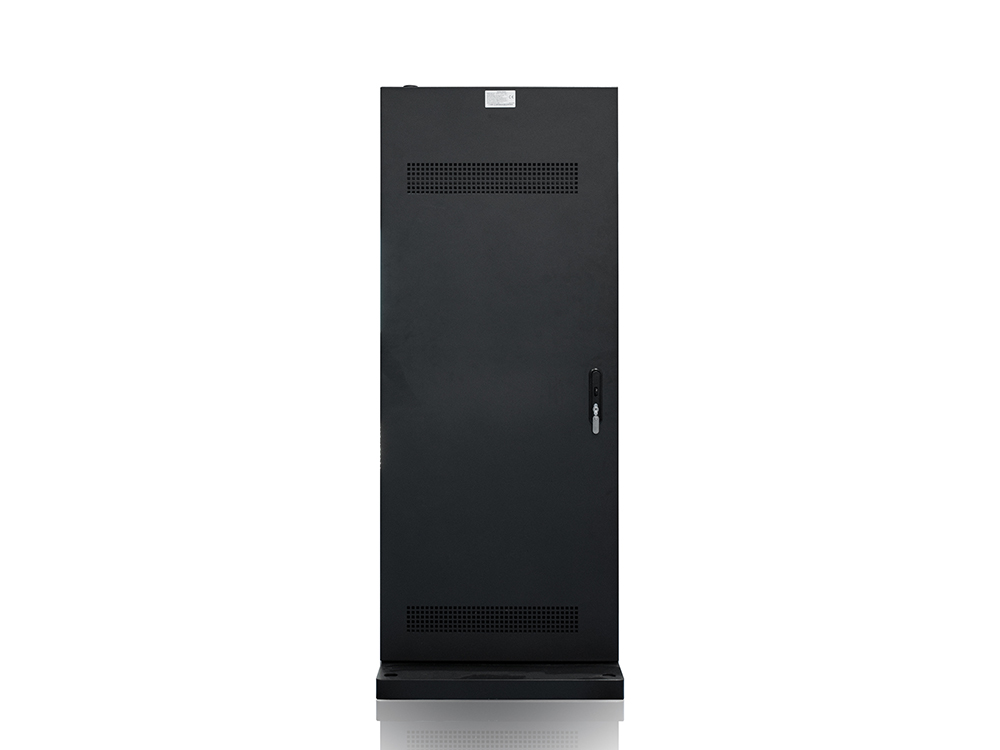Digital Signage for Golf Courses and Clubs
In the realm of sports and recreational activities, golf stands out as a game that blends precision, patience, and a deep connection with nature. Golf courses and clubs, therefore, serve not just as venues for the sport but as havens where enthusiasts can immerse themselves in a serene environment while honing their skills. As technology continues to evolve, it's only natural that even traditional pastimes like golf embrace innovation to enhance the overall experience for members and visitors alike. One such technological advancement that has gained traction in recent years is digital signage.

Digital signage refers to the use of electronic displays to convey information, advertisements, or entertainment content. In the context of golf courses and clubs, digital signage can serve multiple purposes, from providing essential information to creating an engaging atmosphere that complements the golfing experience. This article explores the various ways in which digital signage can be integrated into golf courses and clubs, the benefits it offers, and some considerations for implementation.
One of the primary applications of digital signage in golf courses is wayfinding. Golf courses often span vast areas, and navigating through them can be challenging, especially for first-time visitors. Digital signs can be strategically placed at key locations, such as the entrance, clubhouse, and various points along the course, to guide golfers to different facilities like restrooms, pro shops, dining areas, and even the next tee box. Interactive maps that respond to touch or gesture commands can further enhance the navigation experience, allowing golfers to zoom in, zoom out, and get detailed directions with ease.
Beyond wayfinding, digital signage can also be used to display real-time information that is crucial for golfers. Weather updates, for instance, are vital as they can affect gameplay and safety. Digital displays can show current weather conditions, forecasts, and any weather warnings, enabling golfers to make informed decisions about whether to continue playing or seek shelter. Additionally, digital signs can provide information on course conditions, such as hole closures due to maintenance or hazardous areas to avoid.
Another significant benefit of digital signage in golf clubs is its potential for advertising and promotion. Golf courses and clubs often host events, tournaments, and special offers that they want to promote to their members and guests. Digital displays can showcase upcoming events with vibrant graphics, videos, and animations, creating a sense of excitement and anticipation. Special promotions, such as discounted green fees, membership packages, or pro shop sales, can also be highlighted, encouraging golfers to take advantage of the offers.
Moreover, digital signage can be used to enhance the dining experience within golf clubs. Restaurants and bars within these establishments can utilize digital menus that not only list the available dishes and drinks but also feature high-quality images and even videos of the offerings. This can entice golfers to try out new items and enhance their overall dining experience. Digital signs can also display daily specials, happy hour deals, and other promotional messages to attract more patrons.
In addition to practical applications, digital signage can contribute to the aesthetic appeal of golf courses and clubs. High-definition displays can showcase stunning visuals of the course, such as panoramic views of the fairways, greens, and surrounding landscapes. These displays can be mounted in strategic locations, such as the clubhouse lobby or outdoor patios, creating an immersive environment that reflects the beauty and tranquility of the golf course.
Furthermore, digital signage can be used to entertain golfers during their downtime. For instance, displays in the clubhouse or near practice areas can show live sports events, news broadcasts, or even golf-related programming. This can keep golfers engaged and entertained while they wait for their tee times or take breaks between rounds.
When implementing digital signage in golf courses and clubs, there are several considerations to keep in mind. First and foremost is the choice of display technology. Various options are available, including LCD, LED, and OLED screens, each with its own set of advantages and disadvantages. Factors such as brightness, contrast, viewing angle, and durability should be taken into account when selecting the appropriate displays for different locations and environments.
Another consideration is the content management system (CMS) that will be used to control and update the digital signs. A robust CMS should be user-friendly, allow for remote management of multiple displays, and support a variety of content formats, including images, videos, and animations. It should also provide scheduling capabilities, enabling administrators to pre-plan content playlists and ensure that the right information is displayed at the right time.
Network connectivity is another crucial aspect of digital signage implementation. Displays need to be connected to a reliable network to receive content updates and commands from the CMS. Wired connections, such as Ethernet, are typically more stable and secure but may not be feasible in all locations. Wireless connectivity, such as Wi-Fi or cellular networks, offers more flexibility but may be subject to interference and bandwidth limitations.
Lastly, the cost of implementing and maintaining digital signage should be carefully considered. While the initial investment may be significant, the long-term benefits in terms of improved customer experience, increased revenue through promotions, and enhanced aesthetic appeal can outweigh the costs. Regular maintenance, such as cleaning the displays, updating the content, and troubleshooting any issues, is also essential to ensure that the digital signage continues to function optimally.
In conclusion, digital signage offers numerous benefits for golf courses and clubs, from wayfinding and real-time information display to advertising and entertainment. By strategically integrating digital displays into their facilities, golf courses and clubs can enhance the overall golfing experience, making it more enjoyable, informative, and aesthetically pleasing for members and visitors. With careful planning and consideration, digital signage can become a valuable asset for any golf course or club looking to stay ahead in the game of innovation.
Application scenarios of digital signage








